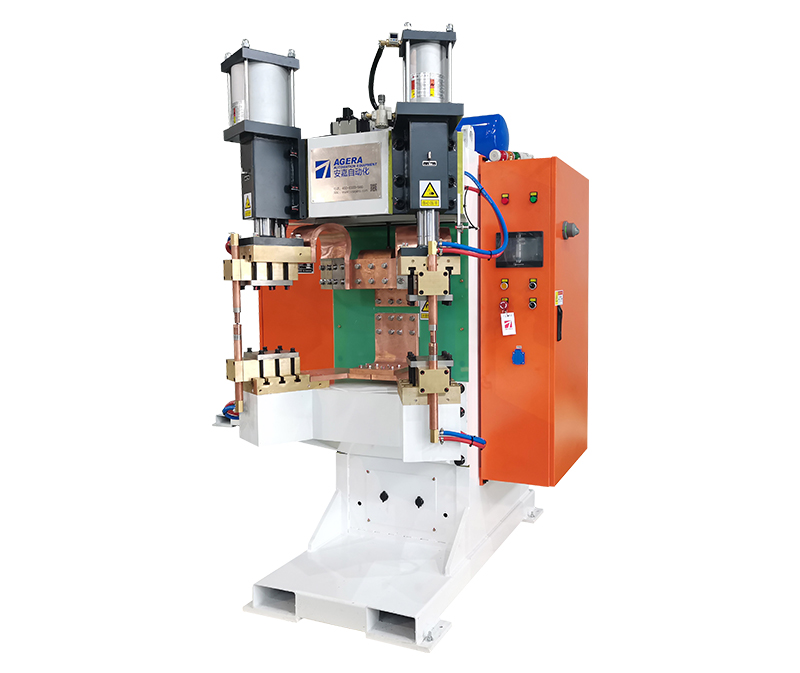In the world of manufacturing and welding technology, the shape of electrodes used in nut spot welding machines plays a critical role in achieving efficient and high-quality welds. The design of these electrodes can greatly impact the overall welding process, affecting the strength and durability of the final weld joint. In this article, we will delve into the various electrode shapes, their significance, and how they influence the welding outcome.
1. Flat Electrodes:
Flat electrodes are one of the most common electrode shapes used in nut spot welding. They are characterized by their smooth, flat surface, which ensures an even distribution of pressure on the workpiece. This shape is ideal for materials with a consistent thickness, as it can provide a uniform weld across the entire surface. Flat electrodes are commonly used in applications where aesthetics and surface finish are important, as they minimize surface distortion.
2. Tapered Electrodes:
Tapered electrodes have a conical or wedge-like shape, with a narrower point at the tip. This design concentrates the welding force on a smaller area, making it suitable for applications where penetration is crucial. Tapered electrodes are often used with materials of varying thickness, allowing for better control over the weld’s depth. They are also beneficial for welding dissimilar materials or where access is limited.
3. Domed Electrodes:
Domed electrodes, as the name suggests, have a curved or domed surface. This shape helps to evenly distribute pressure while reducing the risk of marring or damaging the workpiece’s surface. Domed electrodes are commonly used when a strong and durable weld is required, and surface appearance is less critical. They are particularly effective for welding thicker materials and can accommodate minor variations in workpiece flatness.
4. Spherical Electrodes:
Spherical electrodes have a rounded, ball-like shape at the tip. This design maximizes the contact area between the electrode and the workpiece, ensuring good electrical conductivity and minimizing the risk of arcing. Spherical electrodes are often used in high-speed welding applications, where a consistent and reliable weld is essential. They are suitable for both thin and thick materials and can extend the electrode’s lifespan due to reduced wear.
5. Offset Electrodes:
Offset electrodes have an intentional misalignment, where one electrode is slightly offset from the other. This design is beneficial for applications where access to one side of the workpiece is limited. By offsetting one electrode, it can reach areas that are typically hard to access, enabling the welding of complex and asymmetrical parts.
In conclusion, the shape of electrodes in nut spot welding machines is a critical factor in determining the quality and efficiency of the welding process. The choice of electrode shape should be based on the specific requirements of the welding application, including material thickness, joint design, and access to the workpiece. By understanding the advantages and limitations of different electrode shapes, manufacturers can make informed decisions to achieve the best possible welds, ultimately ensuring the reliability and durability of their products.
Post time: Oct-24-2023



